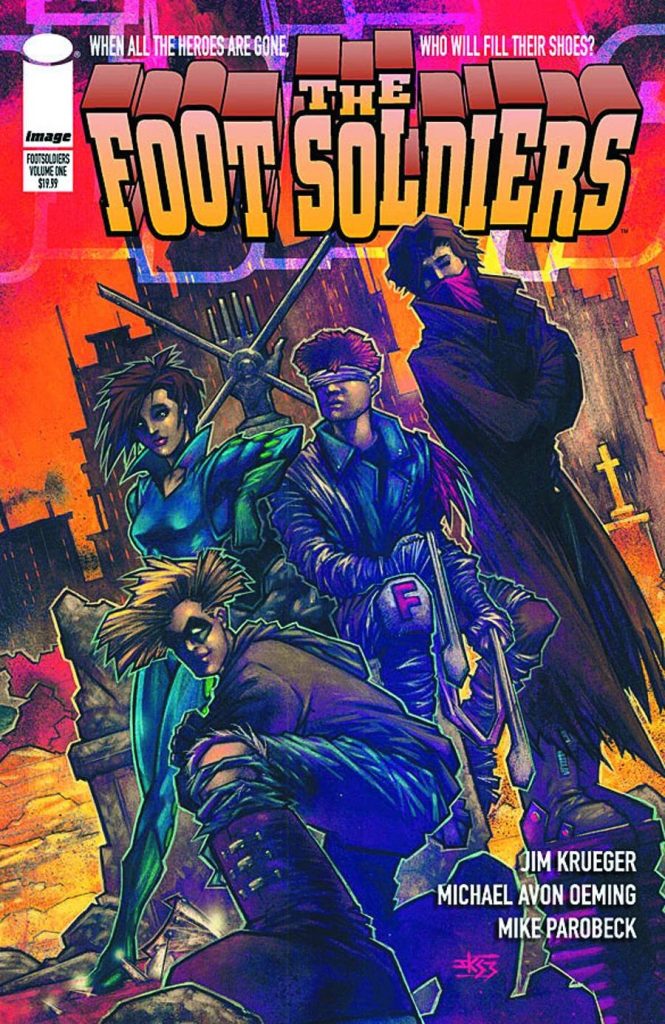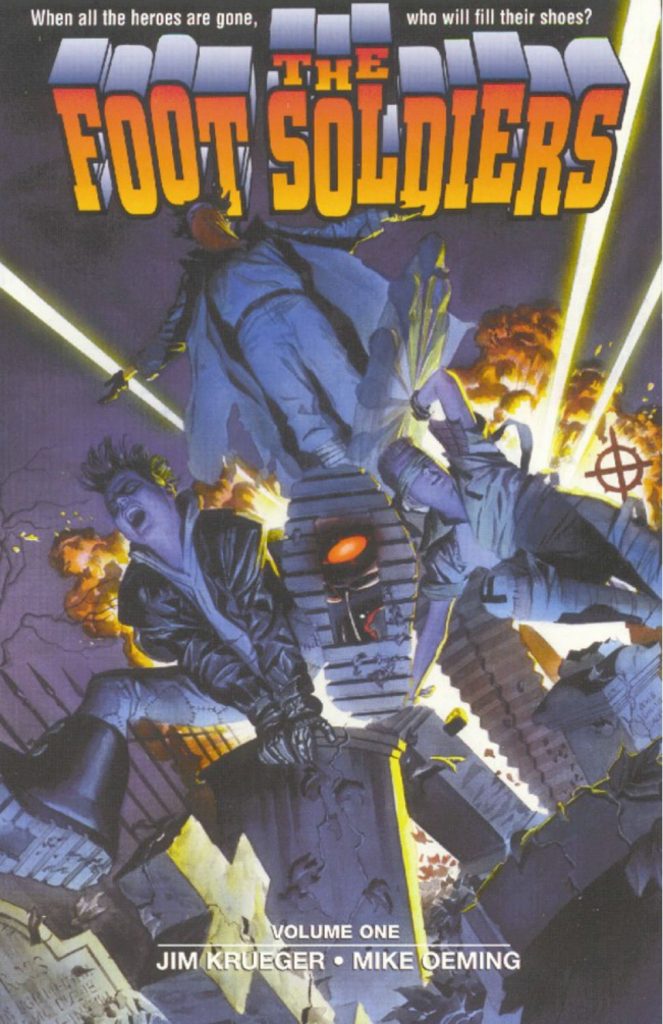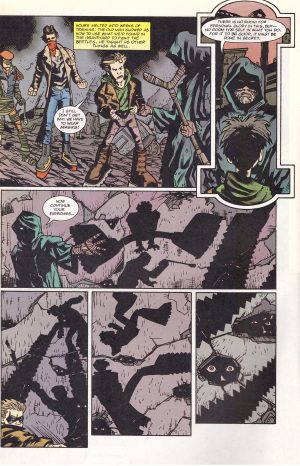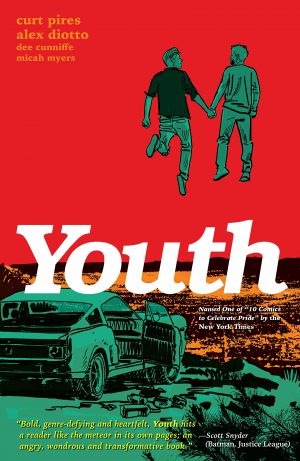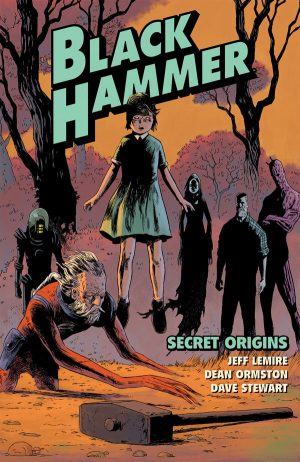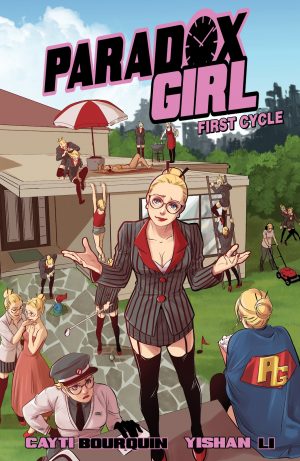Review by Frank Plowright
Originally serialised in 1996, The Foot Soldiers is a commendably ambitious attempt to try something different with the idea of the teenage super team. They operate in a dystopian future where all superheroes have been neutralised, babies are taken by the state at birth, and order is maintained by soldiers within vast mechanical constructs known as Beetles. Then newcomer Jim Krueger introduces this efficiently via an opening five page action scene in which we meet Story, who connects with Johnny and the blind Rags who’re directed to the Graveyard of Forgotten Heroes by an old man with a glowing walking stick. There each of them finds a pair of exotic boots and they become Johnny Stomp, The Second Story Kid and Rags Murphy, the Man of the Cloth.
The boots not only provide the series name, but their exoticism is wonderfully exploited by artist Michael Avon Oeming to generate pages well removed from the look of standard superhero art. All these years later illustrations of a kid with massively oversized power boots kicking the crap out of robots is hardly commonplace, and while Story’s power set is based on the long discredited Marvel villain Stiltman, Oeming shows treatment is all. It results in strange perspective in places, though. He deliberately avoids glamorising the cast or their environment, and the resulting grubby world further distances them from the standard superhero look.
Once empowered, the kids set about dismantling the state apparatus in their area, feeding the poor and healing the sick generating support, and picking up a new ally. It’s different and imaginative with a relatable cast. However, it’s also plagued by an element Krueger’s never entirely managed to rectify in his writing, as the pacing is deficient. There’s a lack of awareness about when a conversation runs beyond what’s necessary into dull emoting, and about how to progress a story efficiently. The result is The Foot Soldiers having a solid concept and great potential that’s never entirely realised.
The Image edition restores the colour removed from the pages for a 2001 graphic novel publication, which also lacked the process pages from Krueger and Oeming in the back.
